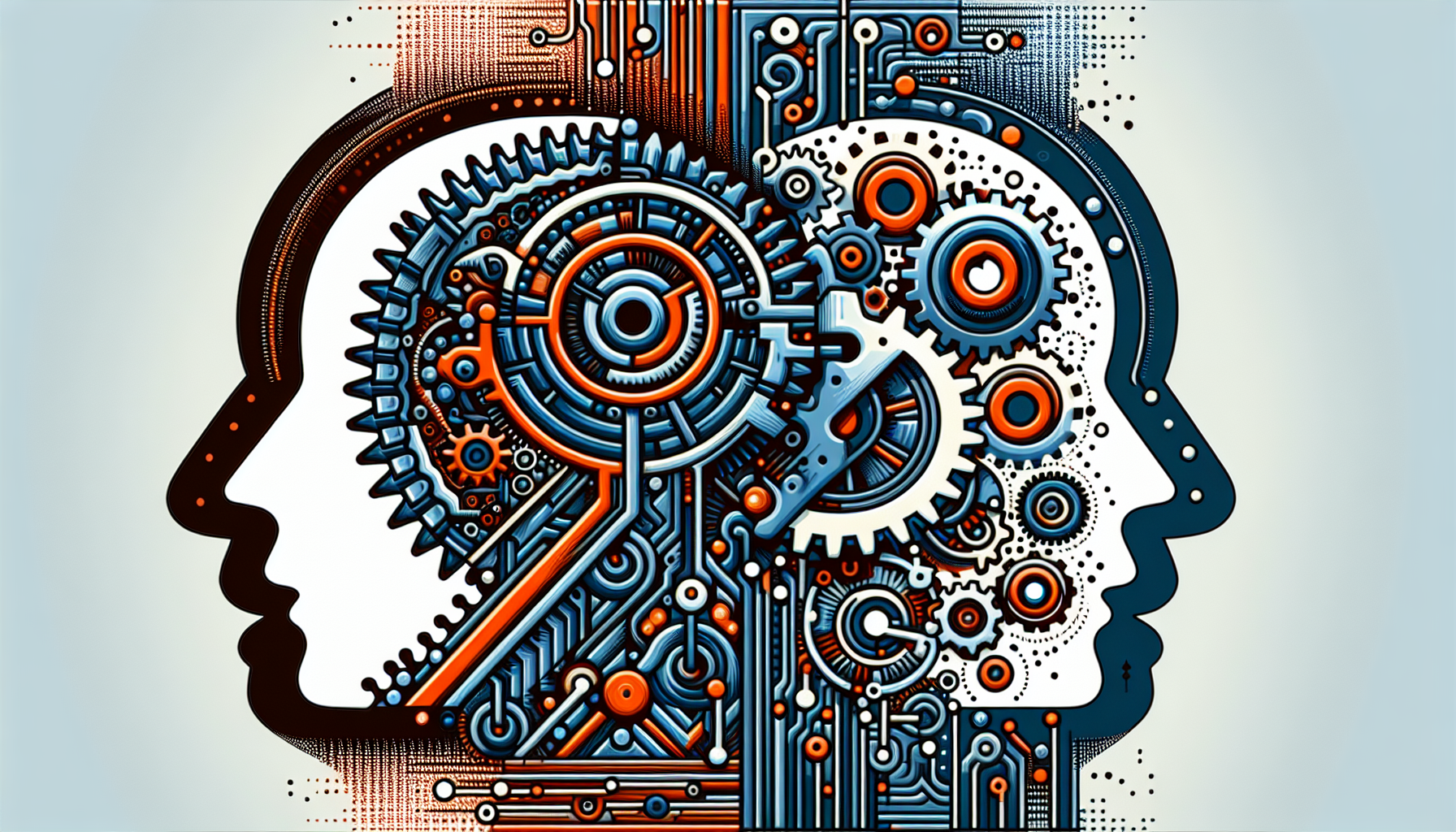ChatGPT: Language Generation at Your Fingertips
ChatGPT, developed by OpenAI, is a state-of-the-art language generation model that uses deep learning techniques to understand and generate human-like text based on the prompts it receives. Businesses leverage ChatGPT for several applications, including customer support, content creation, and marketing automation. With its advanced natural language processing capabilities, it can provide instant replies to customer inquiries, produce engaging blog posts, generate product descriptions, and streamline communication.
Integration of ChatGPT in Customer Support
In customer support, the application of ChatGPT can significantly reduce response times. Its ability to understand context allows it to address customer queries effectively. Businesses can deploy it within chatbots to handle frequently asked questions (FAQs), allowing human representatives to focus on more complex issues. The 24/7 availability of ChatGPT ensures that customers get immediate assistance, enhancing overall customer satisfaction.
Content Creation and Marketing Automation
The content creation process can be time-consuming and resource-intensive. ChatGPT helps in drafting articles, newsletters, and social media posts, thus speeding up the entire workflow. By using specific keywords, businesses can optimize the content generated for search engines, maximizing visibility. Furthermore, ChatGPT can assist in coming up with creative marketing slogans and brainstorming ideas, thus enhancing creativity and productivity among marketing teams.
Limitations of ChatGPT
While ChatGPT is powerful, it has limitations. It requires well-structured prompts to generate high-quality responses, and it can produce incorrect or nonsensical information if not properly guided. Additionally, ChatGPT lacks real-time access to external data, meaning its responses are based on pre-existing data patterns. Businesses also need to ensure compliance with ethical guidelines when deploying AI-generated content and interactions.
Zapier: Automating Workflows Seamlessly
Zapier is a web-based automation tool that connects various applications to streamline workflows. By allowing users to create Zaps, or automated workflows, Zapier can perform tasks between two or more apps without manual intervention. This tool is crucial for businesses looking to enhance productivity by automating mundane tasks that require repetitive actions.
Automating Repetitive Tasks
With Zapier, businesses can automate a myriad of tasks, such as moving data between applications, sending automated emails, or generating reports. For example, a customer signing up on a website can trigger a Zap that automatically adds them to a mailing list, sends a welcome email, and populates a customer relationship management (CRM) system. This reduces manual data entry errors and allows team members to focus on higher-value tasks.
Integration with a Wide Range of Apps
One of Zapier’s primary strengths is its ability to integrate with over 2,000 applications, including Google Apps, Slack, Salesforce, and more. This versatility allows businesses to customize their workflows efficiently. By connecting various tools in their tech stack, users can create tailored solutions that suit their unique business processes, thus streamlining collaboration and enhancing productivity across teams.
Limitations of Zapier
Despite its strengths, Zapier is not without limitations. Advanced users may find its capabilities restricted when dealing with complex logic or multi-step workflows. Furthermore, implementing and managing Zaps might require a certain level of technical expertise, which could pose a challenge for less tech-savvy users. Additionally, reliance on numerous integrations may lead to issues if one of the connected applications experiences downtime.
ChatGPT vs. Zapier: Key Differences and Use Cases
-
Functional Focus: ChatGPT focuses primarily on natural language generation and communication, excelling at creating content and engaging with users. In contrast, Zapier is centered around automation, helping businesses streamline workflows between applications.
-
User Engagement: For businesses heavily reliant on direct customer interaction, ChatGPT can serve as an invaluable asset. It enhances user experience by providing instant responses and personalized content. On the other hand, Zapier helps businesses behind the scenes by ensuring that processes run smoothly without requiring continuous human input.
-
Use Cases: The best tool ultimately depends on the specific needs of the business. For companies prioritizing customer interaction and content generation, ChatGPT may be the preferred choice. Conversely, businesses looking to automate repetitive tasks and improve cross-application workflows would likely benefit more from Zapier’s capabilities.
-
Augmenting Each Other: Interestingly, businesses can harness both tools simultaneously. By integrating ChatGPT into workflows facilitated by Zapier, companies can automate content generation and push information across platforms seamlessly. For instance, when ChatGPT creates a new article, a Zap can distribute it across social media and email campaigns, maximizing reach and engagement.
Choosing the Right Tool for Your Business
When deciding between ChatGPT and Zapier, consider the core challenges your business faces. If your primary goal is to enhance customer engagement through advanced interactions and content creation, ChatGPT is invaluable. However, if you are looking to improve internal efficiency by automating workflows and reducing manual tasks, Zapier is the way to go.
-
Cost Efficiency: Both tools offer various pricing plans, so assess your budget to find the best fit. Businesses should consider not just the direct costs associated with each tool, but also the potential savings in time and resources by automating processes or improving communication.
-
Ease of Implementation: ChatGPT can be integrated into various platforms, but it may require some initial setup, particularly in terms of training and tuning the model to fit your business needs. Zapier, known for its user-friendly interface, allows even those with limited technical skills to set up efficient automated workflows quickly.
-
Trial and Adaptation: Most platforms offer trial periods, allowing businesses to test both ChatGPT and Zapier in practice. Utilize these trials to determine which solution aligns best with your business processes and goals.
-
Future Scalability: As businesses grow, scalability becomes critical. Ensure the tool you choose can grow alongside your business needs, accommodating increased workloads, additional integrations, or expanded functionalities as they become necessary.
By integrating ChatGPT and Zapier into their operations judiciously, businesses can create a harmonious ecosystem that boosts efficiency, enhances customer satisfaction, and drives growth. Each tool offers unique advantages; understanding these nuances is essential for leveraging their full potential in today’s competitive landscape.


